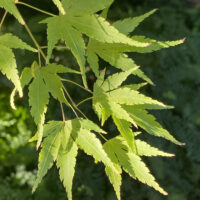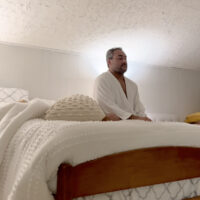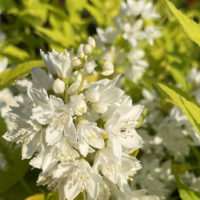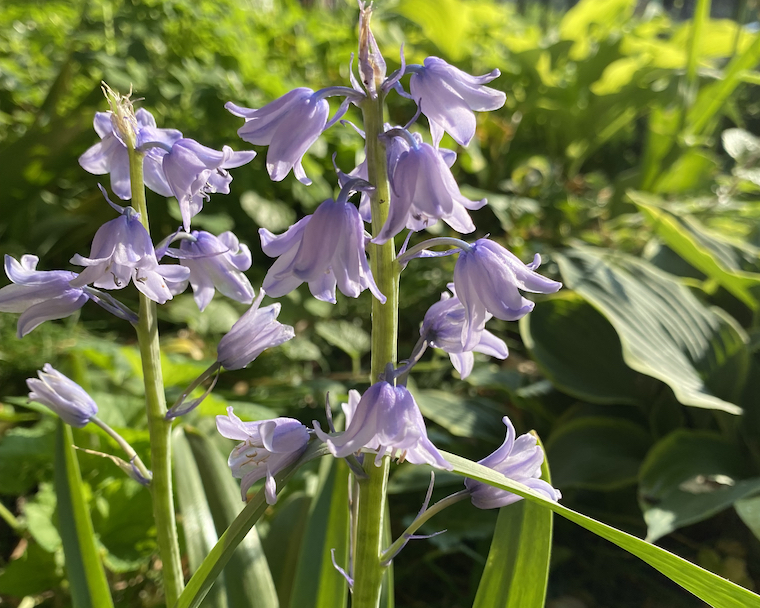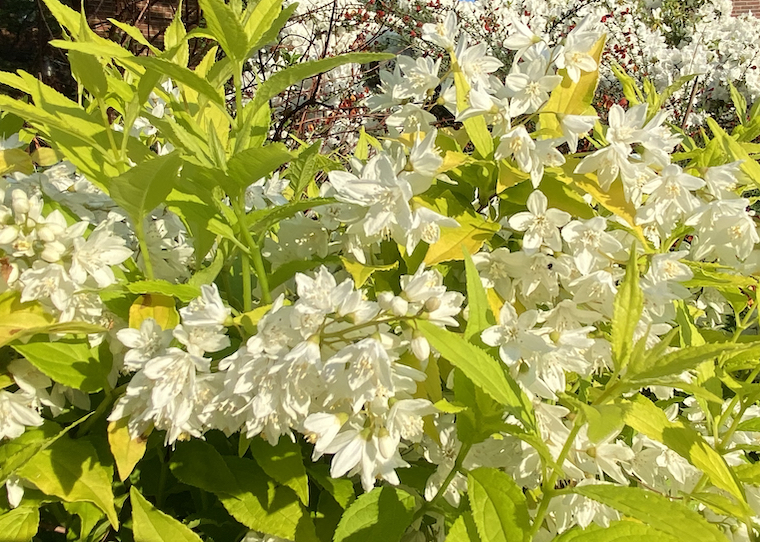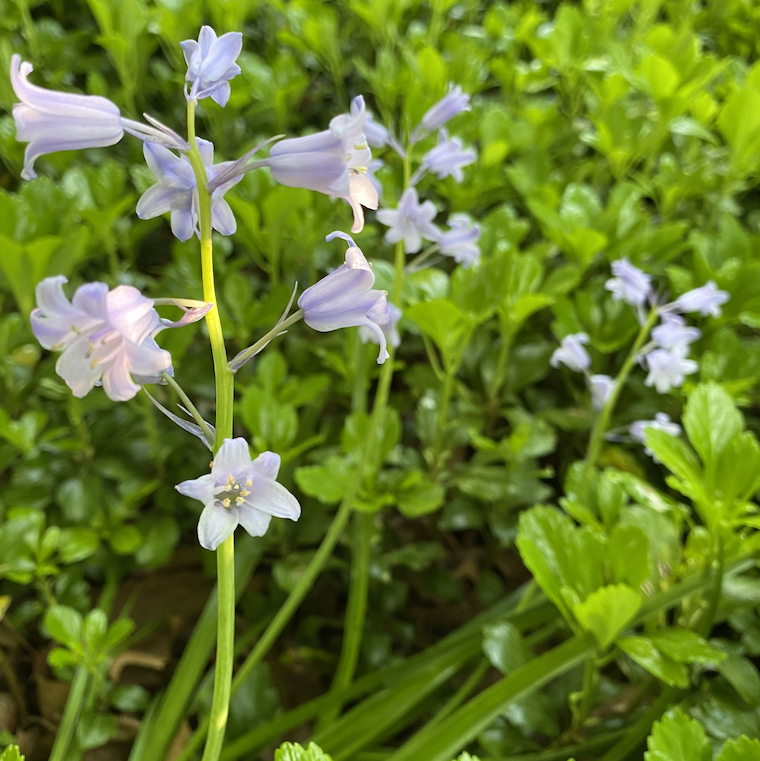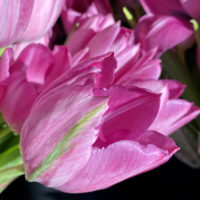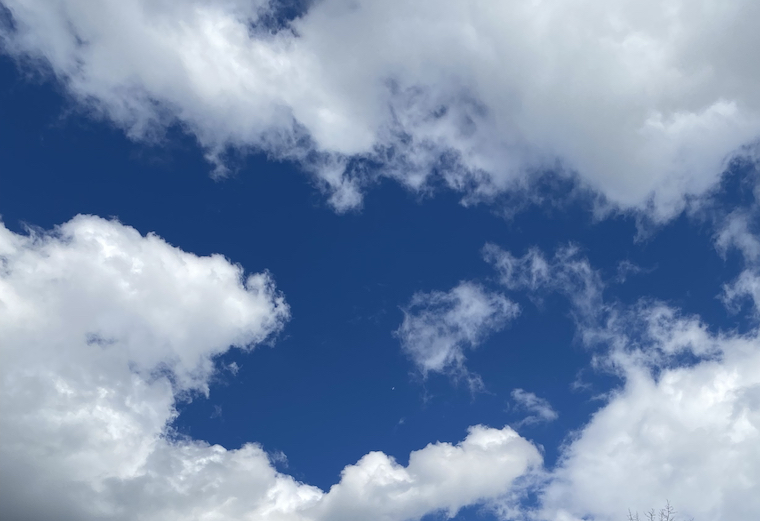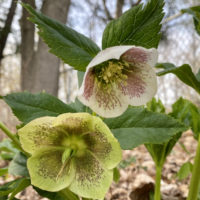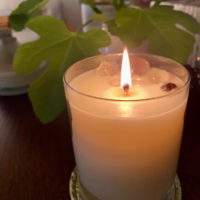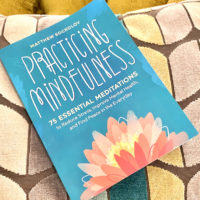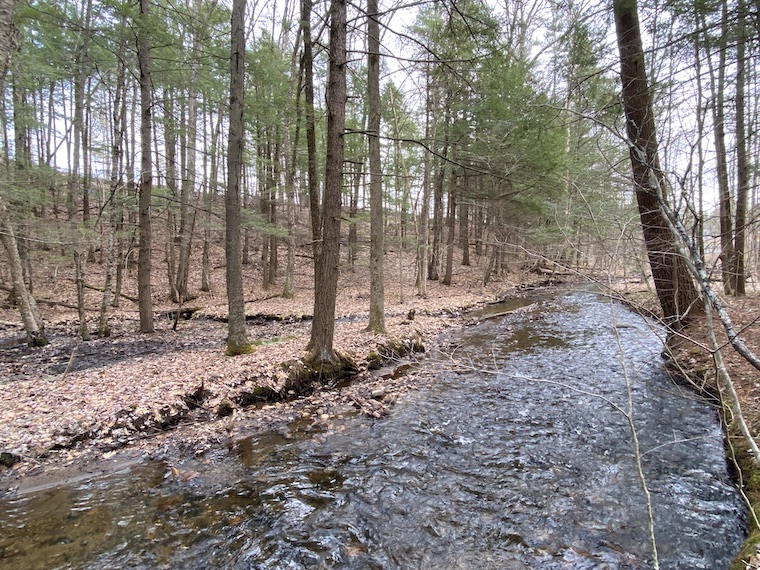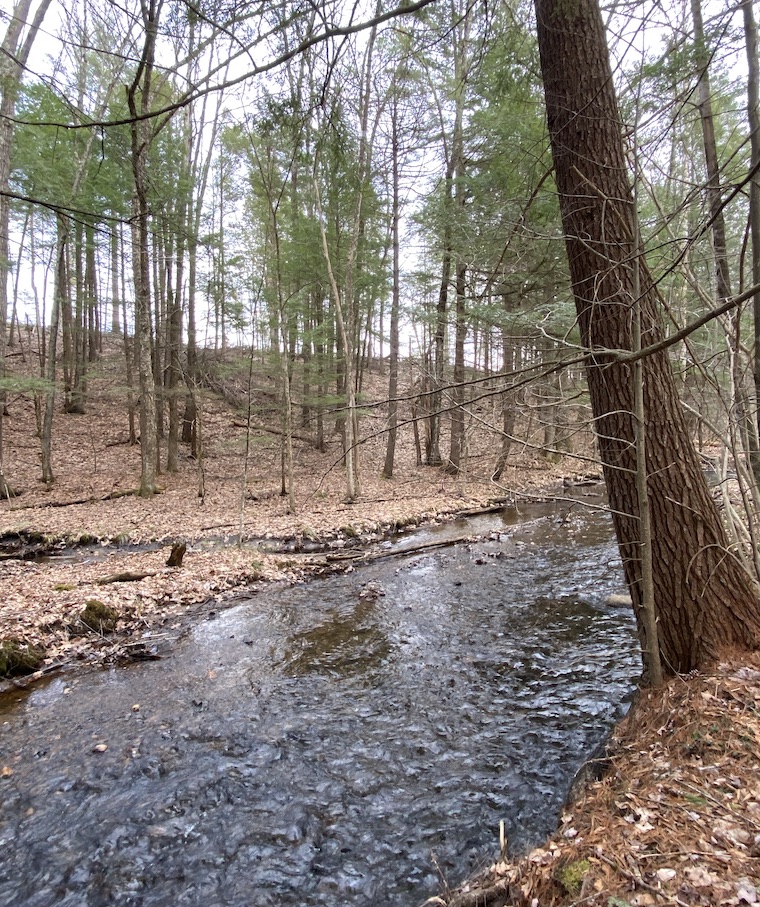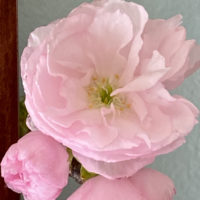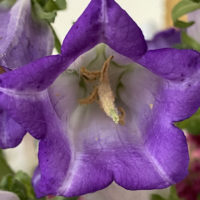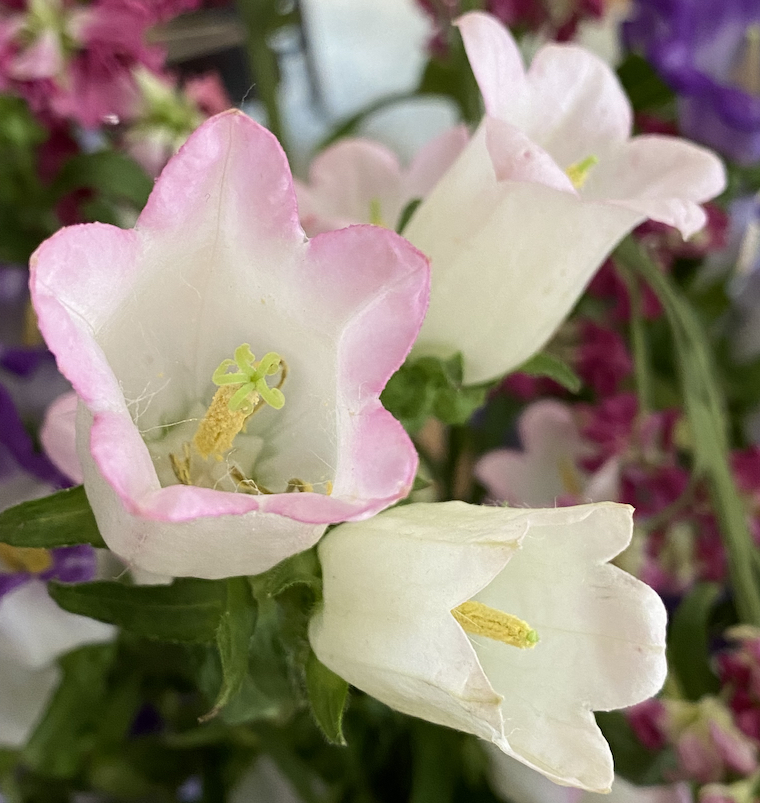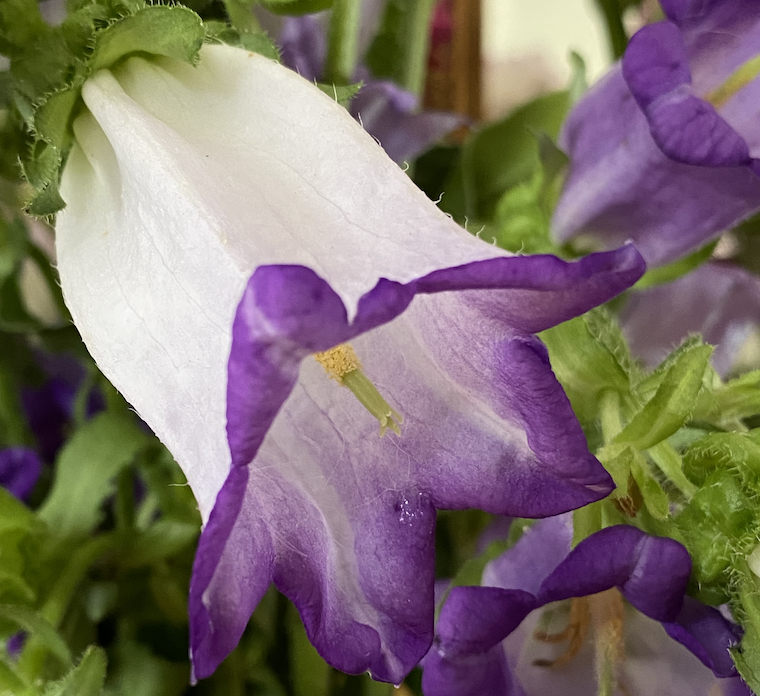The day dimmed with the arrival of the storms. Light drained from the sky and our home, as I lowered myself into the lotus position and assumed the first slow breaths of my daily meditation. The darkness at such an early hour recalled winter, and as the light went away so too did the vibrant colors of high spring.
It was a moment that would have carried some sense of sadness to it were my meditation not at hand. The years of practice helped too, developing a baseline of calm that I never thought possible in my twenties or thirties. When the storm arrives, I am ready.
Closing my eyes, I can only hear the menace that swirls outside – heavy drops of rain beating down on street and skylight, gusts of wind tearing at the trees and windows, and, somewhere in the distance, the dull wailing of a siren. Narrowing my own windpipe and assuming the slow and primal ocean breath, my inhalation and exhalation matches the quiet roar of the storm outside. It allows for a soft and gentle focus, letting the worrisome thoughts that typically occupy the mind float quietly away.

In my hands, a small pillar of rose quartz centers the experience – a talisman to occupy the need to hold onto something. It gives me the mental freedom to let go of other things. It’s possible that any object would do – so much of what we believe is simply, well, what we choose to believe. And if that belief comes from a piece of rose quartz, or carnelian, or some smooth unidentified pebble found on a beach, does it really matter? If it helps the practice, if it clears the mind by offering some solace or distraction, it holds meditative value.
Breathing deeply and going through my own intentions, I settle into the space that is the point of meditation – that blank and bright and clear plane where worries and bothersome thoughts are held at bay through a focused lack of focus. Here, where the breath is the only thing that matters, there is a calm and tranquility that is revealed. It’s something that has been here all along, and I choose to believe that it’s something everyone can access if they learn to quell the conditioned mad rush of what it seemingly takes to survive in today’s world. That may be different for everyone, and I can only speak for what has worked for me.
After twenty minutes, my mind is at peace. It’s a sensation that doesn’t remain for long, at least not in that pure and empty expanse where all the things that worried and upset me dissipated in the realm of some other focus and presence. A little bit of that calm, however, lingers, and every day I meditate the sensation gets drawn out further. I find myself able to access it at stressful moments by slipping into the deep ocean breath. It is just enough to take the edge off those times that might otherwise threaten to overwhelm.
The sounds of the storm return to my consciousness. There will always be such storms, just as there will be days of sun and warmth and calm. Here, in the room of meditation, I find a peace and serenity that can be accessed whatever the day might bring.


